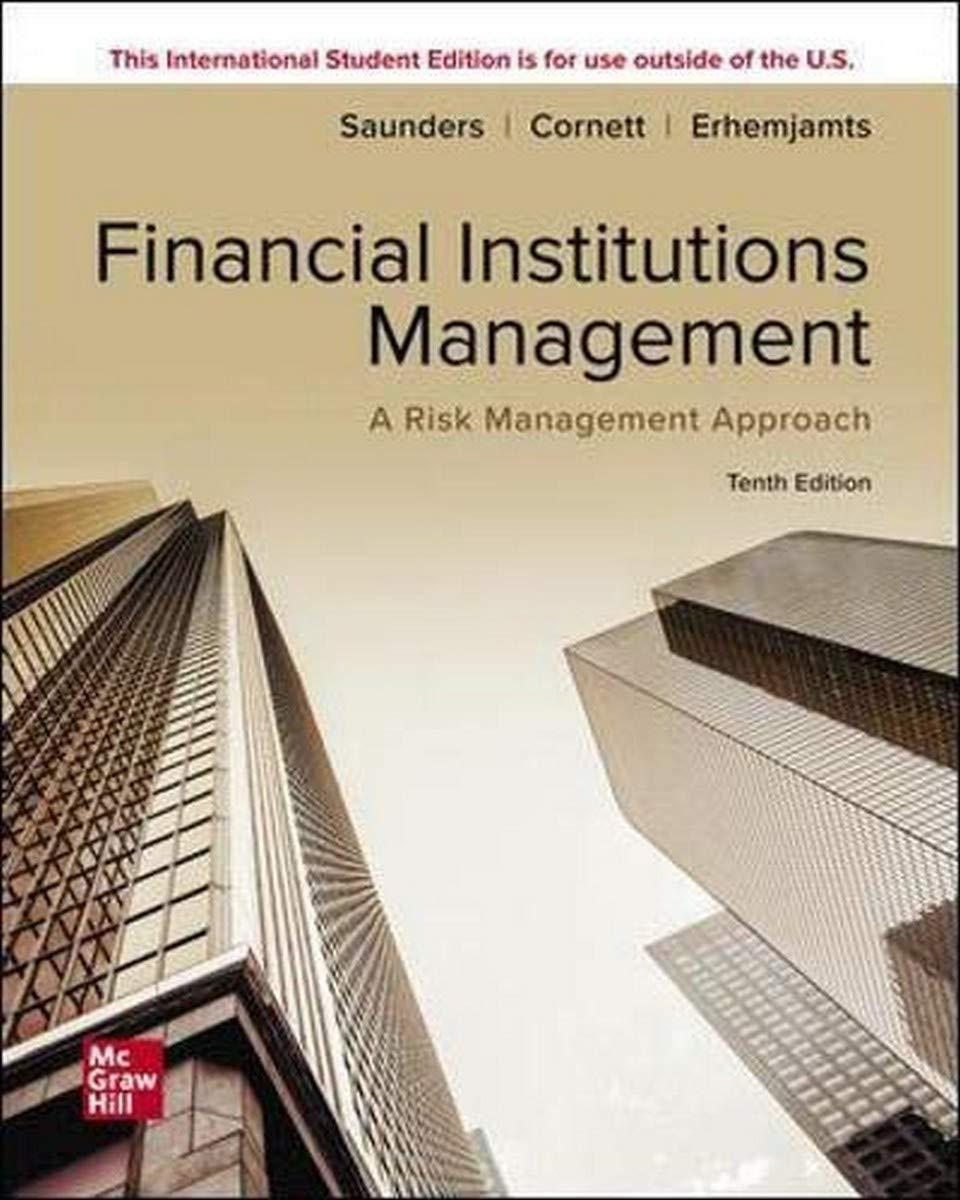Stock X has a 10.0% expected retum, a beta coefficient of 0.9 , and a 30\% standard deviation of expected returns. Stock Y has a 12.5% expected return, a beta coefficient of 1.2 , and a 25.0% standard deviation. The risk-free rate is 6%, and the market risk premium is 5%, The data has been colfected in the M icrosoft Excel Online file below. Open the spreadsheet and perform the requlred analysis to answer the questions below. Open spreadsheet - Colatote each stock's coefficient of variation. Round your answers to two decimal places. Do not round intermediate calculations. Cvx=Cvy= b. Which stock is riskier for a diversified investor? 1. For diversifhed investors the relevant risk is moasured by beto. Therefore, the stock with the higher beta is more risky, Stock Y has the higher beta so it is more risky than Stock X. 11. For diversified investors the relevant risk is measured by standard deviation of expected returns. Therefore, the stock with the higher standard deviation of expected returns is more risky. Stock X has the higher standard deviation so it is more risky than Stock Y. III. For diversifled investors the relevant risk is measured by beta. Therefore, the stock with the lower beta is more risky, Stock X has the lower beta so it is more risky than Stock Y. IV. For diversified investors the relevant risk is measured by standsrd deviation of expected returns. Therefore, the stock with the lower standard deviation of expected returns is more risky. Stock Y has the lower standard deviation so it is more risky than Stock X. V. For diversified investors the relevant risk is measured by bota. Therefore, the stock with the higher beta is less risky, Stock Y has the higher beta so it is less risky than Stock X. c. Calculate each stock's required rate of return. Round your answers to two decimal places. 1. For diversiffed investors the relevant risk is measured by beta. Therefore, the stock with the higher beta is more risky. Stock Y has the higher beta so it is more risky than stock X. II. For diversified investors the relevant risk is measured by standard deviation of expected returns, Therefore, the stock with the higher standard deviation of expected returns is more risky. Stock X has the higher standard deviation so it is more risky than 5 tock Y. III. For diversifled investors the relevant risk is measured by beta. Therefore, the stock with the lower beta is more risky, Stock X has the lower beta so it is more risky than stock Y. IV. For diversified investors the relevant risk is measured by standard deviation of expected returns. Therefore, the stock with the lower standard deviatian of expected returns is more risky. Stock Y has the lower standard deviation so it is more risky V. For diversified investors the relevant risk is measured by beta. Therefore, the stock with the higher beta is less risky. Stock Y has the higher beta so it is less risky than Stock X. c. Calculate each stock's required rate of return. Round your answers to two decimal places. rx=%ry=x








